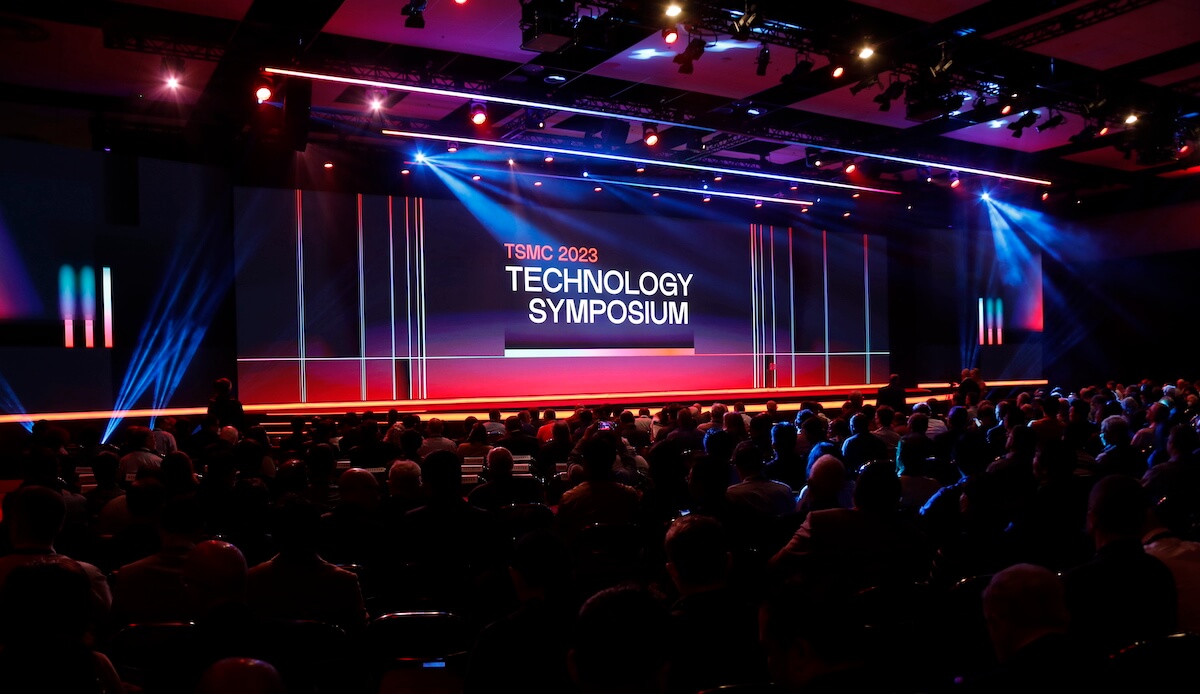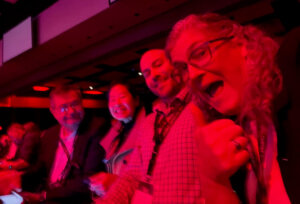
For the first time in 3D InCites’ history, I was invited to attend a TSMC Technology Symposium, which took place April 26 at the Santa Clara Convention Center. You might be asking, why was this my first time? Great question! I always assumed it was because Herb Reiter, our EDA evangelist for 10 years, always drew the winning ticket, and wrote about the event for 3D inCites. But as it turned out, my sources tell me it’s because the company is ready to promote its 3DFabric™ system integration technologies to the world and recognized that 3D InCites’ is the ideal audience.
I couldn’t agree more – especially since in the past, TSMC has been awarded several 3D InCites Awards for its advanced packaging and heterogeneous integration technologies. In 2017, TSMC won Device of the Year for its InFO PoP. In 2020, the company won again for its bump-less System on Integrated Chip (SoIC™) And In 2021, 3DFabric was the Device Technology of the Year Runner Up – probably because it wasn’t quite ready for primetime like it is now.
But I digress – we were talking about what happened at the TSMC Technology Symposium. I was pretty pumped to be sitting in the press pool with Stephen Nellis and Jane Lee of Reuters, and Dan Hutcheson, VSLI Research (Figure 1).
Living in the Jetson’s World
Dave Keller, president and CEO of TSMC North America, set the stage for the 2022 North America TSMC Technology Symposium. He pointed out that in the past, using semiconductor technology was optional. It was for young, forward-thinking, tech-minded people.
But now, semiconductors are more than a miracle of science. They are a 21st-century pillar, essential to everyday life. Nothing made it more apparent than the chip shortage that almost brought the auto industry to its knees in 2022, with an 8% drop in sales.
And we all know what happened next. Governments around the globe sat up and took notice and started investing big time in supply chain security. The US alone invested $52B of its $280B Chips and Science Act in semiconductors.
Keller noted that North America’s business accounts for 68% of TSMC’s revenue. Thus, the company is investing in expanding resources in a “giga-fab” in Arizona, which will reportedly produce TSMCs most advanced technology.
The CEO Outlook and CC Wei’s One Liners
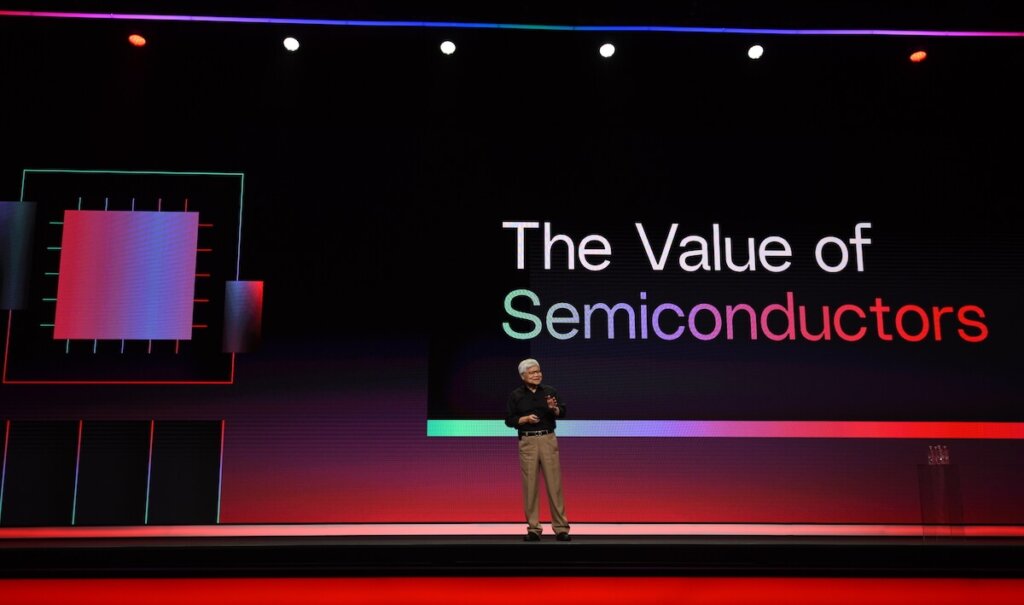
I don’t know what I was expecting at my very first TSMC Technology Symposium, but I’m sure it wasn’t to be so entertained by CC Wei, TSMC CEO. Seriously. The man should consider a side hustle as a comedian.
He managed to be interesting, inspirational, and hilarious at the same time. I admire those characteristics in a CEO. I was also impressed by his humility. Here he is, leading the company that makes 90% of the world’s semiconductors, and he served as the Master of Ceremonies. introducing the next two speakers who shared the stage: Qualcomm’s President and CEO Cristiano Amon, and Analog Devices CEO, Vincent Roche.
I would love to sit down with Wei over a beer to pick his brain. Here were some of his best one-liners of the morning:
- “I won’t talk about the market forecast,” quipped CC Wei, “Because it won’t be very accurate. I don’t trust our guys too much.”
- On the topic of the automotive chip shortage, he joked: ”I need more business – that’s not a shortage!”
- On the value of semiconductors in everyday life: “They kept the world connected during the pandemic. Your boss could find you wherever you were.”
- On delivering to create smarter automobiles of the future, he said: “Probably not autonomous driving – but definitely ADAS (automatic driver assist systems).”
- On Moore’s Law being about shrinking geometries: “Lay people don’t really care about the details, they just want to know how fast you can download a movie.”
- How the smartphone has replaced the American Express Card “You don’t leave home without it.” (That was an inside joke for those enough old enough to remember that American Express campaign)
But then, in all seriousness, he said the most important thing I heard all day: “The economics of Moore’s Law is about improving the performance of the system, so it’s not just about shrinking the geometry. If you look at it from the system point of view you can improve it with innovation on the packaging side. 3D ICs are improving system performance. That’s what Moore’s Law is now.” We predicted as much on 3D InCites in 2012. Or did we help make it happen?
That’s exactly what TSMC’s 3DFabric™ is – innovation on the packaging side, working closely with ecosystem partners on system-level improvements to make More than Moore technologies possible. More on that later.
Technology Trends Driving Us to A Trillion Dollars
Cristiano Amon talked about the company’s partnership with TSMC to make smartphones ubiquitous. As Qualcomm is a fabless semiconductor company, TSMC’s 4nm process technology powers the 8th generation of Snapdragon, Qualcomm’s flagship mobile processor.
Amon explained that the company’s strategy is to explore markets outside just the mobile market for its products. He says he’s not too concerned about the macroeconomic downturn because trends like artificial intelligence (AI) combined with 5G are giving us all reasons to be optimistic about the future. He said that the convergence of mobile and PC is redefining computing, and the merger of physical and digital spaces through virtual and augmented reality applications will lead us to push the boundaries of technology.
Amon predicted that AR glasses that look like real glasses will become a must-have device that will be just as big as phones. I disagree with him on that one – not even smartwatches have become as essential as our phones. They are more a “nice to have” versus a “must have”.
For his part, Roche’s address picked up the themes of the day: Semiconductors are the bedrock of the information industry; relationship building is the key to success; and 5G and AI are trends driving the industry. He said to become a $1T industry by 2032, we need to advance along all three axes of Moore’s law advancement:
- More Moore – continued node scaling
- More than Moore – aka heterogeneous integration
- Beyond Moore – the addition of non-hardware technology such as data analytics and other software
Technology Advances at TSMC
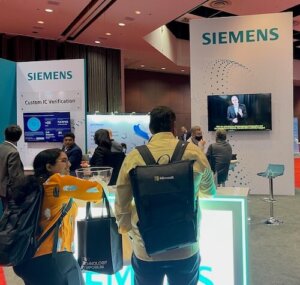
Cliff Hou, senior vice president of corporate research at TSMC, was a bit more bullish in his market predictions, targeting 2030 to hit $1T. “The multi-year mega trend will not be deterred by short-term and cyclic challenges,” he said.
Hou also talked about TSMC’s investments in advanced node technology, 3D IC technology, and an expanded specialty portfolio that includes analog function products like RF, sensors, memory, and automotive products.
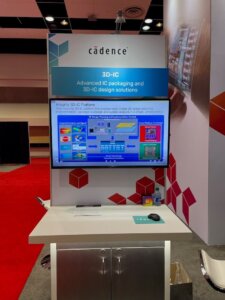
The company is making great strides with its N5, N4, N3, and N2 product families. N2 will be built using gate-all-around (GAA) transistor technology. For a deep dive into TSMC’s advanced node technology, check out this five-part series by Daniel Nenni.
Hou also talked about TSMCs ecosystem readiness, evidenced by the expansion of its memory. substrate, testing, and OSAT partnerships with its Open Innovation Platform and the 3D Fabric Alliance, which has 20 partners – among them our community members, Amkor Technology, ASE Group, Cadence, and Siemens EDA.
I’m also excited about the expansion of TSMC’s 3D Fabric capacity. According to YP Chin, Senior VP of Operations, TSMC has increased its cleanroom space for SoIC, InFO, and CoWoS, targeting 2X growth by 2025, compared with 2021.
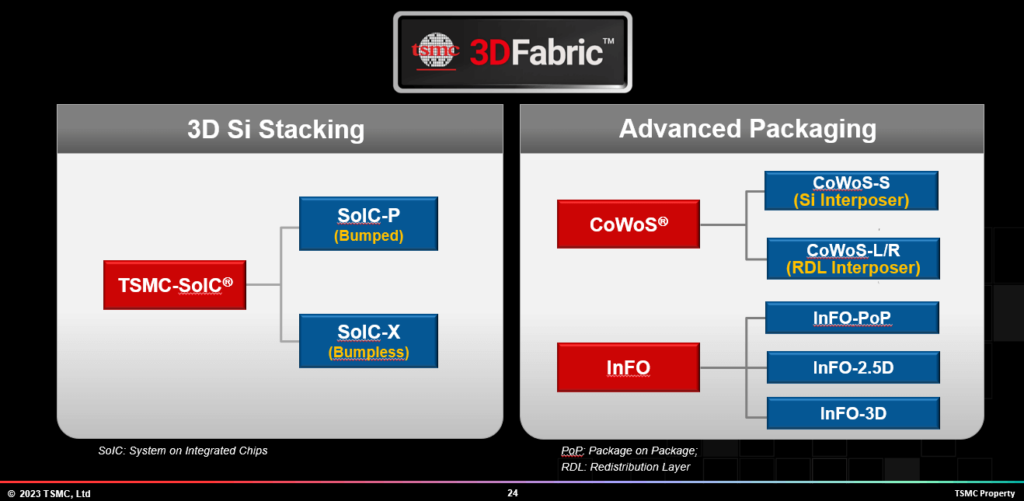
- Advanced Packaging – To support the demands of HPC applications to fit more processors and memory in a single package, TSMC is developing Chip on Wafer on Substrate (CoWoS)solution with up to 6 times reticle-size (~5,000mm2) RDL interposer, capable of accommodating 12 stacks of HBM memory.
- 3D Chip Stacking – TSMC announced SoIC-P, micro bump versions of its System on Integrated Chips (SoIC) solutions providing a cost-effective way for 3D chip stacking. SoIC-P complements TSMC’s existing bumpless solutions for high-performance computing (HPC) applications, which are now known as SoIC-X.
- Design Support – TSMC introduced 3Dblox™ 1.5, the newest version of its open standard design language to lower the barriers to 3D IC design. 3Dblox™ 1.5 adds automated bump synthesis, helping designers deal with the complexities of large dies with thousands of bumps and potentially reducing design times by months.
Capacity Expansion and Water Stewardship
Chin also talked about the company’s global expansion plans, and commitment to investing in sustainable manufacturing processes and highlighted everything the company is doing to promote Water Stewardship. This was music to my ears, as I’m concerned about the impact the new GigaFAB in Phoenix will have on the AZ water supply.
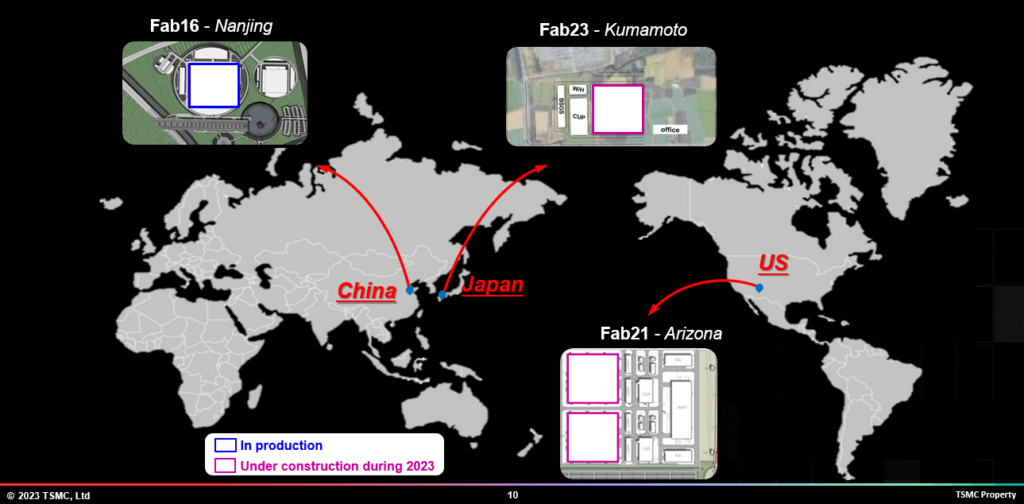
That alleviates some of my concerns. After all other water-intense industries in Arizona — such as farming, golf, and water parks — lose most of the water they use to evaporation. At least this is a step in the right direction. However, there is still concern about the strain on the water supply caused by how much is used building the facility, as well as providing water for all the new employees. So we’ll have to see how it all shakes out.
TSMC shifted its message slightly from last year when they did not plan on adding capacity for nodes below 40% (this tidbit I got from Jane Lee, Reuters, who has an excellent memory for detail and asked about it during the press conference.)
“For the first time in history, we are investing in mature node technology driven by customer need,” Zhang said. He explained that nobody paid attention to mature node tech until the pandemic when everything stopped and there was a shortage. Then everyone realized how important it was to the things that power our daily lives.
He added that COVID changed the dynamic between the Si foundries and the automotive OEMs. Previously the OEM, Tier 1, and Tier 2 module providers and foundries never communicated. “Collaboration has been a good outcome of the automotive chip shortage,” he said.
The Innovation Zone at the TSMC Technology Symposium
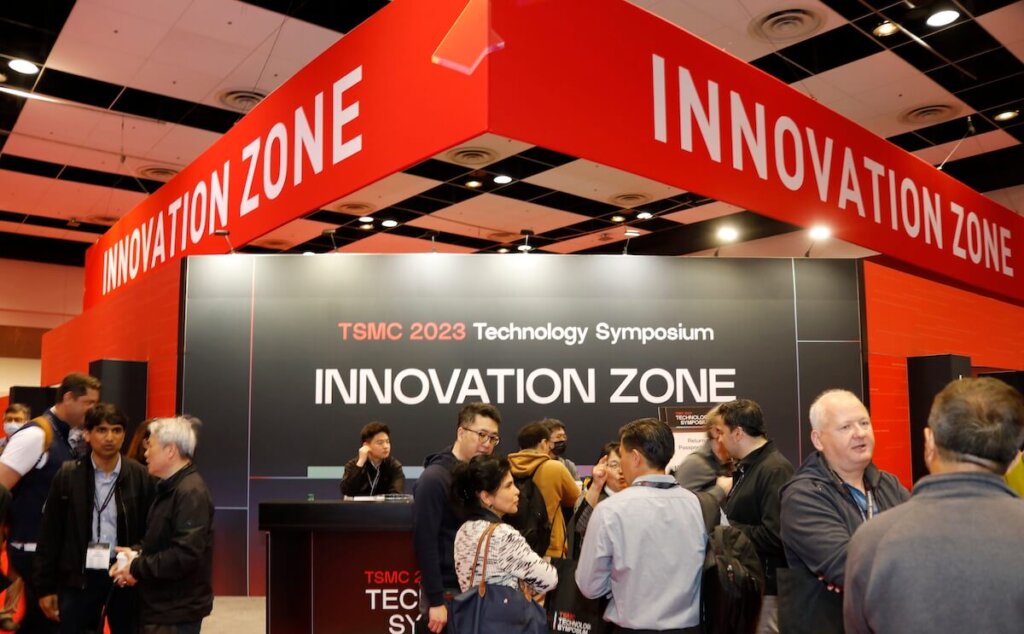
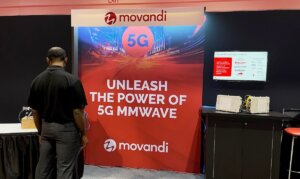
While this blog is getting a bit long, I can’t close it without a nod to the Innovation Zone at the TSMC Technology Symposium. “Silicon chips are seeds we’re planting to grow tomorrow’s innovations,” said Keller, in his opening comments. The company believes “the complexity of today’s silicon design requires close collaboration across the entire ecosystem to help start-ups conserve cash by accelerating time to innovation with the best technology.”
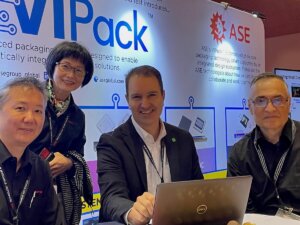
Just a stroll around the Innovation Zone showcased TSMC’s commitment to supporting tech industry start-ups. It showcased 18 of TSMC’s North American start-up customers whose products ranged from unique, high-performance, high-density stand-alone FPGAs (Achronix Semiconductor); and ultra-low-power system-on-chip AI devices (Ambiq); to propriety CMOS biochip technology (InSilixa, Inc.), the industry’s first 5G Base-Station-on-a-chip (EdgeQ) and a “5G and beyond RF semiconductor, system and software technology company (Movandi), to name just a few.
It was a lot to take in, so it was nice to end the day sitting down and chatting with my good friends at ASE Group, hanging out in their booth, and recharging my batteries – both literally and figuratively. Thanks, TSMC, for the invitation to attend! I’m already looking forward to seeing what the next year brings. ~ FvT



